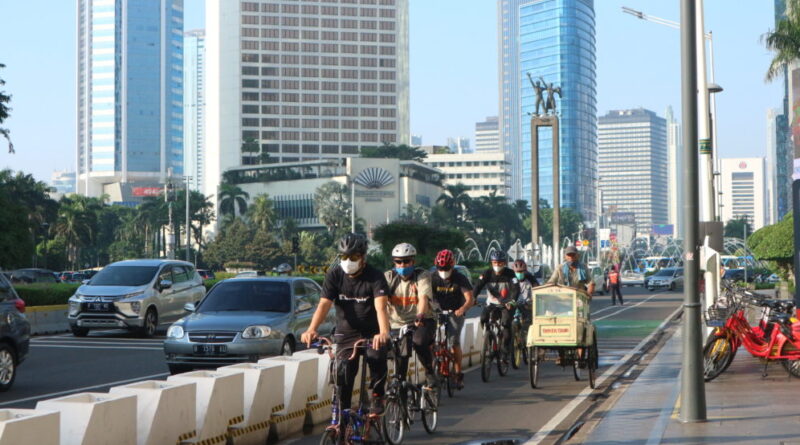The Benefits of Cycling as a Means of Transportation
The Benefits of Cycling as a Means of Transportation
Cycling has long been recognized as a healthy and environmentally friendly mode of transportation. With growing concerns about pollution, traffic congestion, and sedentary lifestyles, encouraging the use of bicycles can have numerous positive impacts on individuals and communities.
Health Benefits
One of the key advantages of cycling as a means of transportation is the positive impact it has on our health. Regular cycling can improve cardiovascular fitness, strengthen muscles, and help with weight management. It is a low-impact exercise that is gentle on the joints, making it suitable for people of all ages and fitness levels.
Cycling is also an excellent way to incorporate physical activity into our daily routines. By choosing to cycle instead of driving or taking public transportation, we can easily integrate exercise into our commute or daily errands. This can help us meet the recommended guidelines for physical activity and reduce the risk of chronic diseases such as heart disease, diabetes, and obesity.
Environmental Benefits
Another significant advantage of cycling as a means of transportation is its positive impact on the environment. Unlike cars and other motorized vehicles, bicycles do not emit harmful greenhouse gases or contribute to air pollution. By choosing to cycle instead of drive, we can reduce our carbon footprint and help combat climate change.
Cycling also helps alleviate traffic congestion, especially in urban areas. With more people choosing to cycle, there will be fewer cars on the road, leading to smoother traffic flow and shorter commute times for everyone. This can have a positive impact on the overall quality of life in our communities.
Economic Benefits
In addition to the health and environmental benefits, cycling as a means of transportation can also bring economic advantages. By reducing the reliance on cars and public transportation, individuals can save money on fuel, parking fees, and public transportation fares. This can result in significant cost savings, especially for those who regularly commute long distances.
Furthermore, investing in cycling infrastructure, such as bike lanes and bike-sharing programs, can stimulate local economies. These initiatives create jobs in the construction and maintenance of cycling infrastructure and contribute to the growth of the cycling industry.
Promoting Cycling as a Means of Transportation
While the benefits of cycling as a means of transportation are clear, encouraging its widespread adoption requires a multi-faceted approach. Here are some strategies that can help promote cycling:
1. Infrastructure Development:
Investing in cycling infrastructure is crucial to make cycling a safe and convenient option for transportation. This includes building dedicated bike lanes, installing bike racks, and creating secure bike storage facilities. By making cycling infrastructure accessible and well-maintained, more people will be encouraged to choose cycling as their mode of transportation.
2. Education and Awareness:
Providing education and raising awareness about the benefits of cycling can help dispel common misconceptions and encourage more people to give it a try. This can be done through campaigns, workshops, and community events that promote cycling as a viable and enjoyable means of transportation.
3. Incentives and Support:
Offering incentives and support can further encourage individuals to choose cycling. This can include initiatives such as tax incentives for purchasing bicycles, subsidies for bike-sharing programs, and employer-sponsored bike commuting programs. By providing tangible benefits, more people will be motivated to incorporate cycling into their daily lives.
4. Collaboration and Partnerships:
Collaboration between government agencies, businesses, and community organizations is essential to promote cycling as a means of transportation. By working together, these stakeholders can pool resources, share knowledge, and implement effective strategies to encourage cycling and create a cycling-friendly environment.
Conclusion
Cycling as a means of transportation offers numerous benefits for individuals, communities, and the environment. By promoting and encouraging the use of bicycles, we can improve our health, reduce pollution, alleviate traffic congestion, and stimulate economic growth. It is essential to invest in cycling infrastructure, raise awareness, provide incentives, and foster collaborations to make cycling a convenient and attractive option for transportation.

